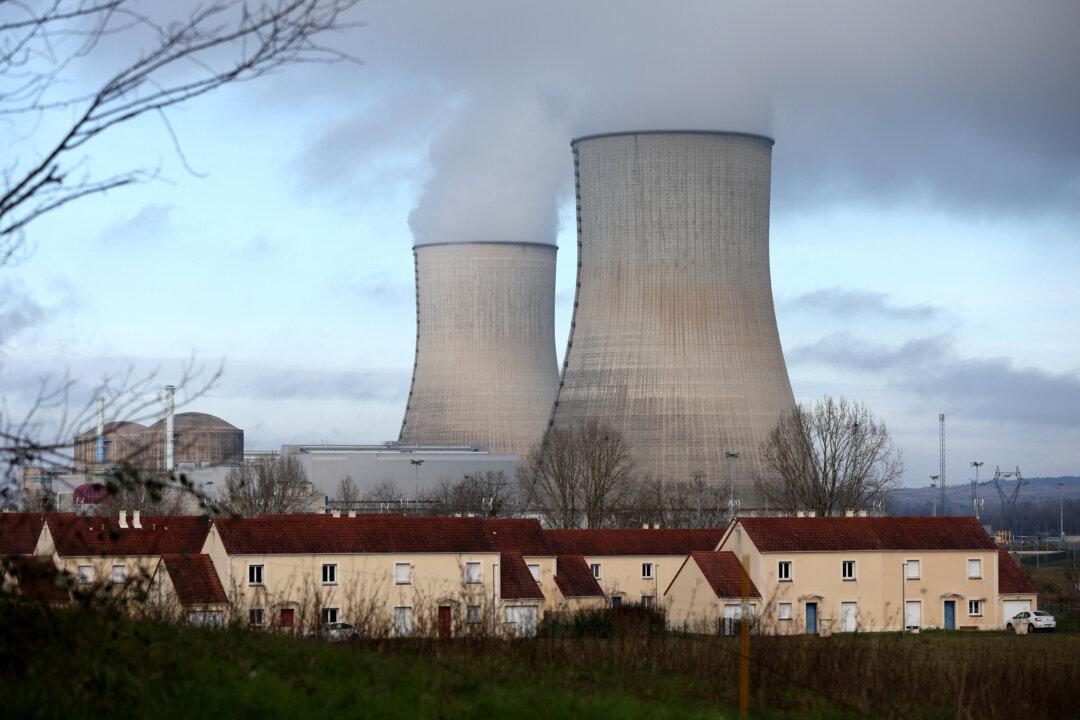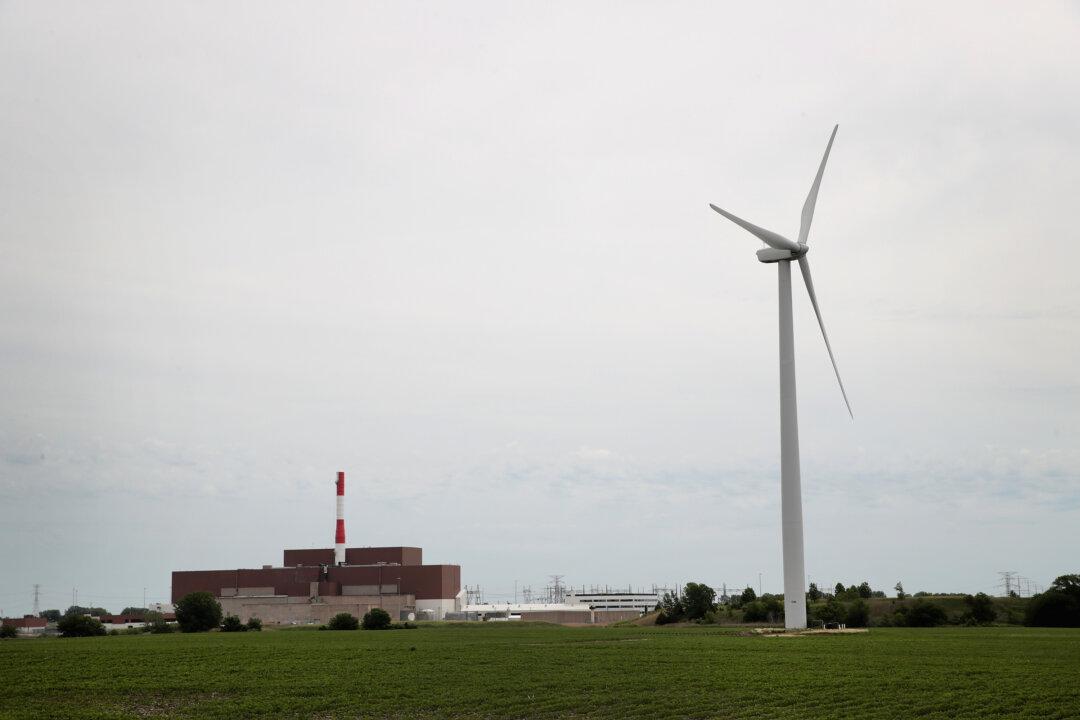Australian national house prices have dropped for the first time in nearly two years as economists said rising interest rates started to impact the housing market.
At the national level, prices were still 14.1 percent higher than a year earlier.
“The main reason house prices rose so much was because of record low-interest rates,” Centre for Independent Studies chief economist Peter Tulip told The Epoch Times.
“This process is now going into reverse, with rising interest rates leading to falling house prices.”
Tulip also said that house prices would continue to decline for the rest of the year.
“However, the fall will be relatively small and gradual over the rest of 2022 because house prices have a lot of inertia,” he said.
Meanwhile, house prices fell 1.0 percent in Sydney and 0.7 percent in Melbourne during May.
Additionally, Canberra, which is Australia’s second most expensive property market behind Sydney, also witnessed a slight drop of 0.1 percent in house prices. This was the capital city’s first monthly decrease since July 2019.

CoreLogic research director Tim Lawless said interest rate hikes were one of the factors contributing to the decline in house prices.
He also said that since house prices reached a peak in May 2021, consumers have changed their attitude toward borrowing, and fixed mortgage rates have gone upward.
“Housing has been getting more unaffordable, households have become increasingly sensitive to higher interest rates as debt levels increased, savings have reduced, and lending conditions have tightened,” he said.
“Now we are also seeing high inflation and a higher cost of debt flowing through to less housing demand.”
Meanwhile, Sydney house values decreased by 1.5 percent in three months to May but were 22.7 percent higher than pre-COVID levels.
Similarly, Melbourne witnessed a 0.8 percent drop during the period, but housing values remained 9.8 percent above pre-COVID levels.
In May, CoreLogic’s combined index for capital cities dipped 0.3 percent, while the combined index for regional areas climbed 0.5 percent.
Nevertheless, Lawless said most regional markets were likely to see a drop in house prices in accordance with interest rate hikes and worsening affordability pressures.
“Arguably, some regional markets will be somewhat insulated from a material downturn in housing values due to an ongoing imbalance between supply and demand as we continue to see advertised stock levels remain extraordinarily low across regional Australia,” he said.





